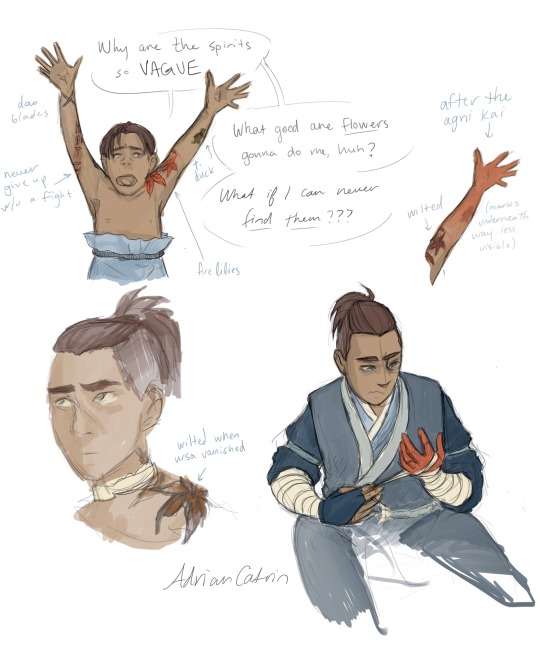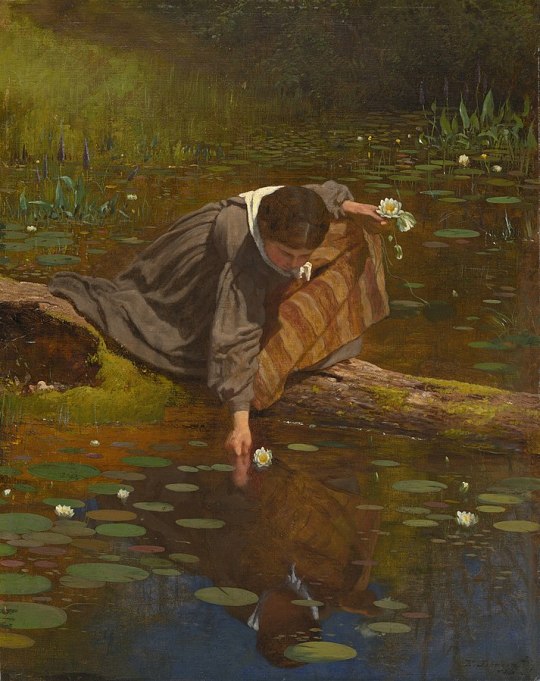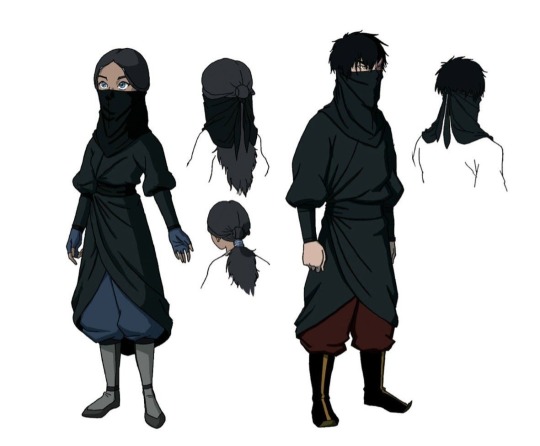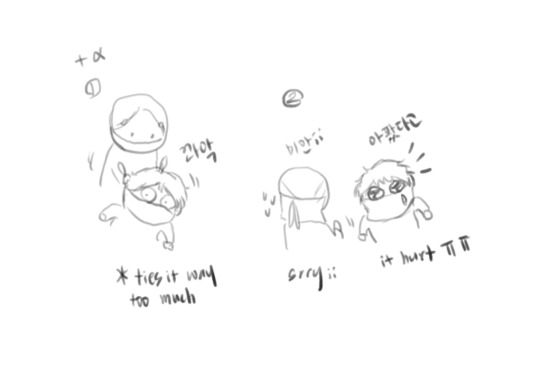#National clothing
Explore tagged Tumblr posts
Text

Dont look to the side
#my part from the challenge we did with friends! gonna post the full post about it later (when they do lmao)#/#my art#crimean tatar#art challenge#national clothing#ukrainian#укртамблер#укртумбочка#my stuff#ukranian artist#digital art#digital painting#digital drawing#украрт
26 notes
·
View notes
Text
UAE National Day Hoodie - Tribute to Sheikh Zayed
"احتفل باليوم الوطني لدولة الإمارات العربية المتحدة بغطاء رأس خاص يجسد روح الوحدة والفخر. يتميز هذا القلنسوة الخاص باليوم الوطني لدولة الإمارات العربية المتحدة بتصميم فريد يبرز صورة الشيخ زايد بن سلطان آل نهيان، مؤسس دولة الإمارات العربية المتحدة. مصنوع م�� مزيج ثقيل من القطن والبوليستر، هذا القلنسوة ناعم ودافئ، مما يجعله مثاليًا لأي يوم بارد. يتميز بجيب واسع على شكل كنغر يضيف لمسة عملية إلى حياتك اليومية، إلى جانب غطاء رأس برباط بنفس لون السترة الرئيسية، مما يضيف لمسة إضافية من الأناقة. سواء كنت تحتفل في المناسبات أو ترتديه في أي مناسبة وطنية، فإن هذا القلنسوة هو الخيار الأمثل للتعبير عن حبك للأمة وفخرك بتاريخ دولة الإمارات العربية المتحدة. مثالي للاسترخاء في المنزل أو القيام بالمهمات أو البقاء دافئًا خلال أشهر الشتاء. مثالي لأولئك الذين يقدرون الراحة والأناقة في خزانة ملابسهم. مناسب للارتداء غير الرسمي وملابس النوم ويشكل هدية رائعة لأعياد الميلاد أو العطلات أو المناسبات الخاصة."

احصل عليه الآن... الآن !
#Tribute to Sheikh Zayed#UAE National Day#Hoodie#Sheikh Zayed#National clothing#Union Day#United Arab Emirates
0 notes
Text





jayvik wip dump I posted on twt/bsky
#arcane#jayvik#jayce talis#viktor#will probably color them all at some point#also did some#less clothed ones#but i cant post those here lol#anyway bottom jayce nation ily#i love these idiots they motivate me to draw#i feel like it's 2016 again#myart
2K notes
·
View notes
Text

Look at our general dawg we’re losing the war
#digital art#twisted wonderland#fanart#twst fanart#lilia vanrouge#twst lilia#stoopid ass doodle#this is the only contribution I will give to peepaw nation#also I think he should go around campus all the time in comically large clothes
643 notes
·
View notes
Text

Edward Petre Novello (1813-1836) "Clara Novello" (1833) Oil on canvas Located in the National Portrait Gallery, London, England
#paintings#art#artwork#genre painting#female portrait#edward petre novello#oil on canvas#fine art#national portrait gallery#english artist#british artist#portrait of a woman#blue dress#dresses#clothing#clothes#flowers#trees#1830s#early 1800s#early 19th century#a queue work of art
477 notes
·
View notes
Text

A Rose and a Nightingale
#og#this one is inspired by zepyuri nman song. there are many iterations of it but the one by ladaniva is my favourite...#go listen to it#the painting is quite simple but 1. i kinda wanted to keep it that way and 2. i'm a lazy artist...i can't spend more than 3 days on art#i may revisit it later. just really wanted to finish it before the year ends lol#oh some more infodumping! in the second verse there are lines:#i'll become Spring and come to your garden / like a nightingale i'll cling to your rose#i thought 'huh. what an interesting metaphor' and went researching#figures! the motive of a nightingale being in love with a rose is a widespread one in classical iranian literature#at that moment i'd decided to go with iranian-armenian adjacent style of clothing. it's all so pretty#i love the veiling. i love the colors. the patterns. the cut and fit of the costume too.#i was mostly referencing 1 black and white drawing so i couldn't see many details unfortunately#it was from 'armenian national costumes' book by Arakel Patrick#p. 85 table 6 pic. 2 and 3 - rug weavers from charmahal region of isfahan#for anyone's interested in looking it up lol#+ some other references#also if i don't use orange and blue color combo at least once a year i will literally die#ok. infodumping is over#q
374 notes
·
View notes
Text

fire nation festival wear aka a blatant excuse for me to push atla clothing design conventions to the absolute Limit
jjk atla!au with @philosophiums
#my art#jujutsu kaisen#jjk#fanart#jjk fanart#fushiguro megumi#itadori yuuji#kugisaki nobara#jjk atla!au#atla!au: art#atla!au: illust#atla!au: design#lmhs#yuuji#megumi#nobara#there i go again putting way too much effort into designs that will b featured in all of one (1) chapter probably#the first fire nation fit i did for yuuji isnt even fic canon btw for the majority of th time theyll just be in their earth kingdom clothes#and these r the only fire nation clothes they'll Actually wear fr a significant amt of time#so feel free 2 disregard th other fit i designed for yuuji in that ask because this is all i want to see him in Ever actually#no ankles no chest no toes showing my boy is FULLY clothed. not an INCH of skin exposed. no sinful clothing cuts here no sir#did i draw him buttoned up from head to toe out of spite? maybe :)#'fire nation is based on imperial japan' me: on it boss taisho era inspired festival wear comin RIGHt up#real talk though these designs put me through the Wringer cries combining those two influences ws so hard...#all 3 braincells working *nanami voice* overtime smh#imo the final designs still ended up being a far cry from atla canon but i cant be bothered anymore they look Fine its Fine#my kids r dressed 2 the nines and that was the goal
797 notes
·
View notes
Text
Cultural Fashion: Katara's Fire Nation Outfit
Was looking at some of my old posts and wanted to re-do a few of them, now that I'm 4 years older wiser.

Katara's Fire Nation outfit is inspired by the outfits worn during traditional Dai folk dance performances. These outfits are typically comprised of form-fitting tops that show off the midriff paired with flowing skirts or pants that emphasizes the elegant movements of the dancer. The necklace and other accessories that Katara wears are also reminiscent of the costume jewelry worn for these performances.
The Dai minority group refers to several Tai-speaking ethnic groups in southern China (Yunnan province) that are closely related to Lao and Thai people, both linguistically and culturally. They're a great inspiration for Fire Nation fashion. Fittingly, Katara debuts this outfit in the show's dancing-focused episode. Below are some examples of the elegance of Dai dance:
youtube
The "Peacock Dance" is the most famous Dai dance:
youtube
#avatar#atla#avatar the last airbender#fire nation#cultural fashion#mood music#looking back at my original post on Katara's top#I realized that I really didn't do justice in describing the Dai people#or giving context to Katara's clothing#Katara's outfit is definitely not everyday Dai clothing#Hopefully this new post is more informative#Youtube
298 notes
·
View notes
Text

horrortale waterfall game broke me sorry (hey just like horror!)
#say it with me: average triglycercule art if i locked in#THERES NO FUCKING ART OF THIS CHAPTER YET IS EVERYONE JUST SLEEPING OR SOMETHING!!!!! WHAT!!!!!!!!!#all the blue's supposed to be the light from the core after horror's eye was used to reactivate it btw#and (this was unintentional but anyways) the purpleish tone horror's clothes have is because he said that to aliza in the game#ohhhh my goddddddd....... how much is your life worth......... its worth so much but treated like its nothing#ACTUALLY not EVEN horror's life. just his body. screw the personhood in the first place#hey horror looks awfully similar to another black eyed and mouthed sans out there..... huh...... i wonder who.........#current horror saying that type of shit to past horror AS IF HES NOT SUPPOSED TO BE NICER IN THE FUTURE#this was originally an excuse to draw horror with the new gray eye but then i decided against it smh.......#and also an excuse to draw blood. the ONLY thing i'm good at rendering#my inability to render is really prevalent here. only covered up by the composition and harsh lighting and lineart and whatever the fuck#anyways TRIGLYCERCULE ART???? IN THIS DAY AND AGE?????? when was the last one........... probably my birthday rain of dust art LMAO WHAAAAA#well that completes my shitty trio focused art. killer's bday dust's bday (although it was so ass) and now this! now they all have 1 piece#tricule art#horror sans#horrortale#murder time trio#utmv#sans au#my horror bias has really been showing these past few daus#but i mean........ I MEAN LIKE WHEN HES THE ONLY ONE THAT STILL GETS UPDATES OUT OF THE TRIO IM ALLOWED TO BE OVERJOYED#as the sole horror representative of mtt nation i gotta fucking carry all the other 3 supposed horror enjoyers on my back 😒😒😒😒😒😒😒#bad sanses#bad sans gang#nightmare's gan#eeaaughhhhh hes not part of the gang hes part of the trio...... get horror away from nightmares fugly ass.......euaaghhhhh#but whatever. im so excited for this art to be locked in the Five Note Banger Jail!#IF YOU READ THESE TAGS THIS IS YOUR SIGN TO PLAY THE WATERFALL GAME OR REREAD THE HORRORTALE COMIC 🫵🫵🫵‼️‼️‼️‼️👿👿👿👿👿
249 notes
·
View notes
Text
BTW you can dress nikki up as your blorbo and have the time of your life running around while you collect materials. Just a life hack for you

#cant wait for linlang nation so we can get more clothes to dress up shizun#infinity nikki#i love shizun
181 notes
·
View notes
Text

i love neel man
#neel skeleton crew#neel nation#neel#skeleton crew#star wars#sw fanart#sw fandom#i hate clothes#theyre hard to draw
146 notes
·
View notes
Text

soulmark au sketches. the idea of sokka in proven ‘soulmates are real’ universes consistently intrigues me—how would that impact his skepticism/interpretation of fate/destiny/free will? personally i think he’d be very angry for a very long time and probably not even understand why
#my art#it’s just a ‘important moments in your soulmates life show up on u through kinda vague occasionally metaphorical marks#fuck i love soulmate aus lol#the clothes lean a lil fire nation/earth kingdomy i think but i was just riding the high of drawing#knowing if i stopped to do research i might just. stop entirely#so i just winged it#wung it. u could even say#anyways#sokka#avatar the last airbender#zukka#soulmate au#i imagine that in this au sokka zuko and probably aang all get matching ‘avatar beam of light!’ soulmarks#just giant white-blue beams all the way up their arm or leg or torso or somethin#cuz like. life changing moment for each of them lol#katara would get like. her own eyes or something representing her eye color for the moment aang wakes up and sees her#lol just saw i forgot to color his mouth in the first sketch lol
686 notes
·
View notes
Text

Eastman Johnson (1824-1906) "Gathering Lilies" (1865) Oil on board Located in the National Gallery of Art, Washington DC, United States
#paintings#art#artwork#genre painting#genre scene#eastman johnson#oil on board#fine art#national gallery of art#museum#art gallery#female portrait#portrait of a woman#gray dress#grey#brown#dresses#clothing#clothes#pond#garden#green#1860s#mid 1800s#mid 19th century#a queue work of art
924 notes
·
View notes
Text



Snorkmaiden because i love her dearly (^.^)
#snorkmaiden#moomins#i love her smmm#also i tried to draw her in my country's national cloth#but it turned out badd
323 notes
·
View notes
Text
The southern raiders

I saw this comment wondering about where zuko and katara got their stealth clothes from in the southern raiders episode

(Above image from avatar the last airbender , the art of the animated series)
And that got me thinking too🤔 honestly I can't remember where they got it from 😆 seems like they just whipped it out of thin air
So I had to draw them getting ready :)
Here's a smol bonus cut

Idea credits to @ zutaramedia on twitter (now x) !
#zutara#atla#zuko#katara#zutara fanart#zk#avatar#art#atla fanart#artists on tumblr#avatar the last airbender#illustration#digital art#zuko fanart#katara fanart#avatar:tla#zuko x katara#southern water tribe#fire nation#clothes#costume#zutara headcannon#my art
1K notes
·
View notes
Note
Yuuji: Bye, im going to the fire nation!
Sukuna: Not dressed like you aren't.
Proceeds to give Yuuji a boob window in his clothes
ngl anon i took this bit way too seriously n got carried away thinking abt what yuuji's fire nation alternate fit would look like ,, then after figuring it out I thought well now I /have/ to draw air as well ....

jjk atla!au with @philosophiums
#my art#jujutsu kaisen#jjk#itadori yuuji#yuuji#fanart#jjk fanart#jjk atla!au#atla!au: art#atla!au: design#lmhs#answered#anonymous#my sandbox my design i make the rules yuuji hates th air acolyte clothes. i decided bc i didnt like drawing him in them GHSDFH#its in character fr him !! he likes clothing he cn roll n brawl n thrash around in#theres too many layers n folds with those robes th poor boy is gna get tangled :(((((#hes right at home in th fire nation getup tho :D !!#still probably not *exactly* to sukuna's standards but hopefully he appreciates th deep v#its more yuuji coded i think#tho tbh ?? if u take off sukuna's..what even is that a chest piece? pauldrons?? either way if u take those off its just a low cut robe also#sukuna voice u know brat maybe we're not so different u and i#side note i 100% stand by our decision 2 make yuuji a born earthbender but *clenches fist* yuuji in red.............#i love u i miss u#tho in green he gives sakuramochi and i think thats beautiful in its own way
561 notes
·
View notes